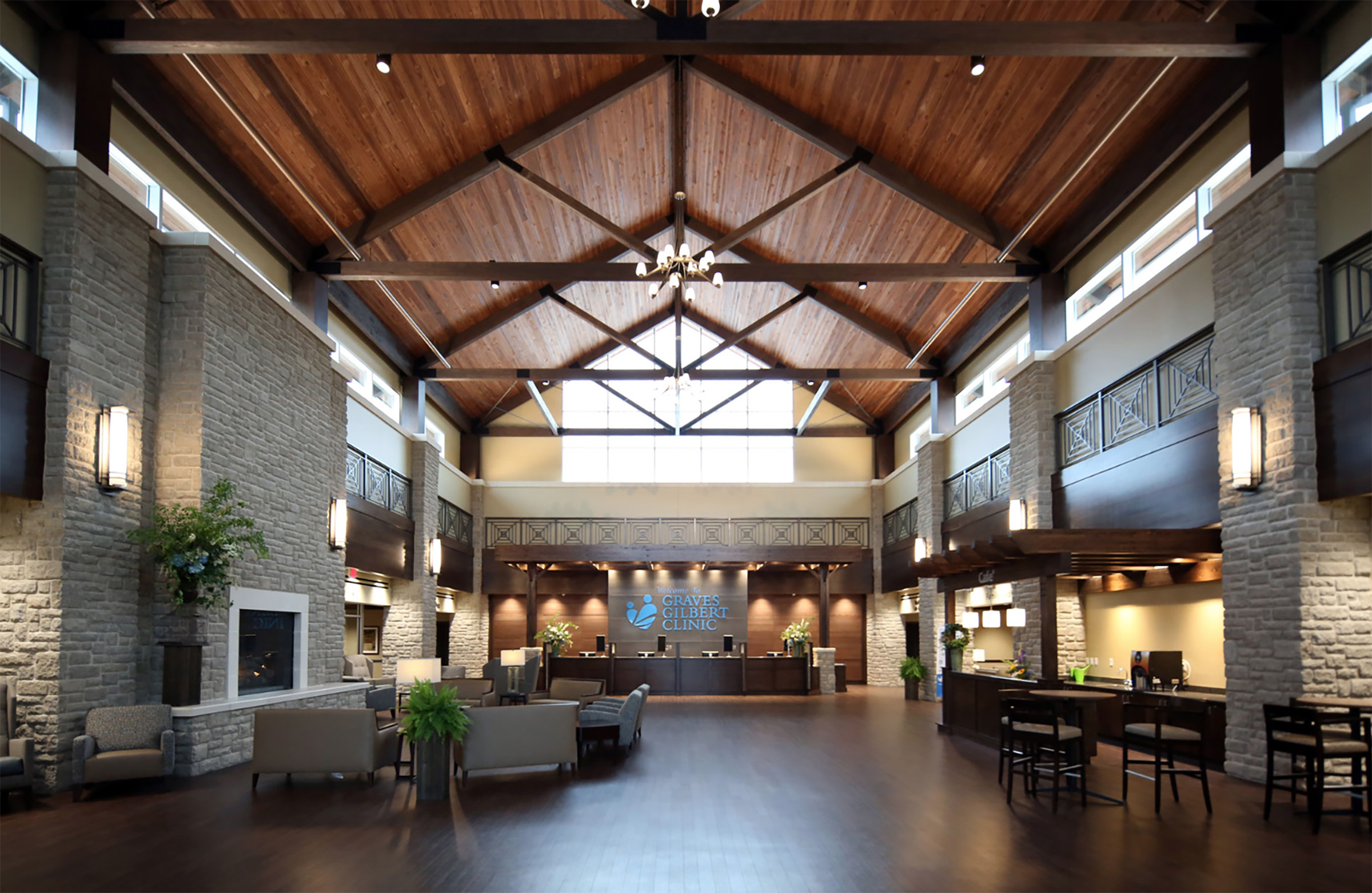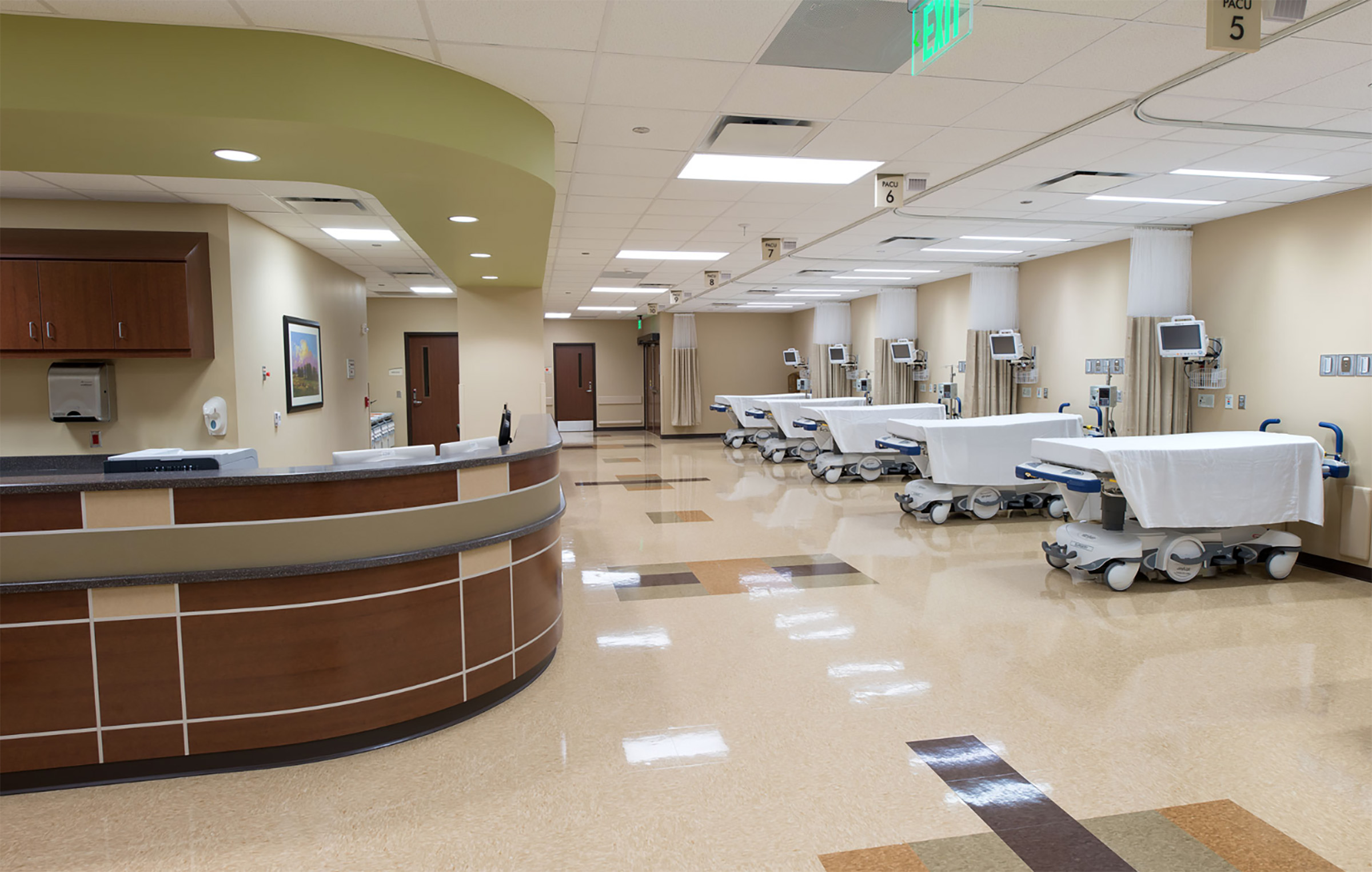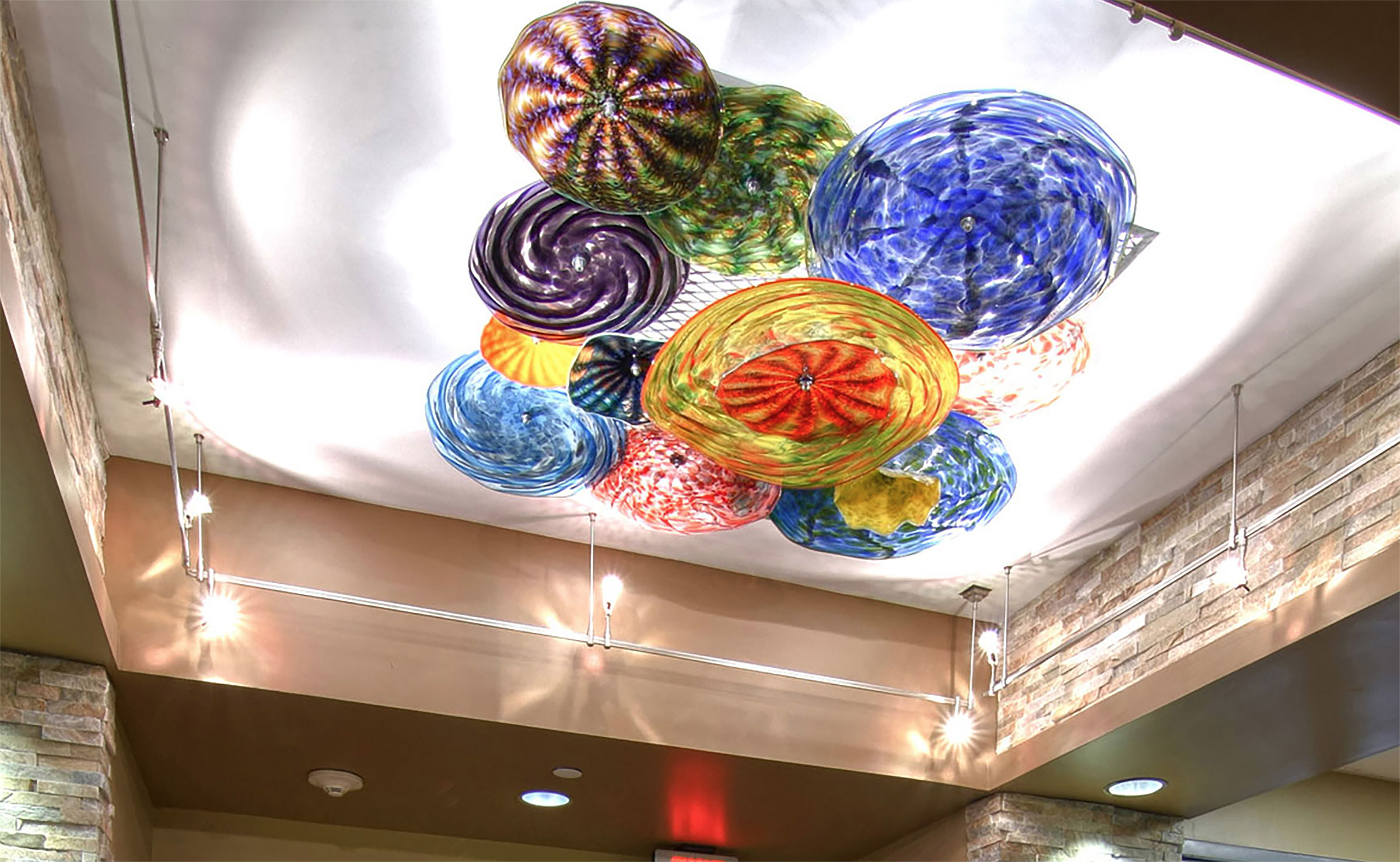3 Strategies For Branding Interior Spaces
Branding is everywhere today. Every store you walk into, every office you visit, every product package you pick up has a color, styling, and aesthetic that make the product or place recognizable and attractive to the consumer.
For example, even if you don’t always see the logo, you may still recognize a Dunkin’ packet of coffee or a bag of Fritos. That’s because branding of a product includes more than just a logo—it also incorporates specific colors, fonts, shapes, wording, and other elements that make brands distinct and recognizable to their audiences.
This strategy can also be applied to interior designs, including in healthcare facilities. Elements like surface materials, signage, fabrics, paint colors, flooring, and artwork can work together to create a consistent experience that provides patients with a sense of familiarity and trust. Those elements also allow people to easily identify healthcare providers and practices within the same system.
Here are a few elements to things when incorporating branding into healthcare environments:
- Signage: Brand colors can make a statement in signage when used appropriately. For example, brand colors can be incorporated into wayfinding elements that points patients and visitors to specific areas or departments within a facility. However, brand colors shouldn’t be used to mark signage for emergency exits, hazardous chemicals, and fire extinguishers, because regulations mandate that those directional signs stand out and are easily accessible and recognizable.
- Timelessness environments: The best-designed facilities are the ones that create a pleasing environment for years to come, regardless of changes in trends, personal tastes, or graphic elements. Rather than putting brand colors in the forefront of the design, such as painted on full walls or doors or on large, fixed elements such as cabinets that are more difficult and costly to update, designers should look for more subtle ways to incorporate them, such as in fabrics, on light fixtures, or within larger patterns on the floor or other areas. Designers can also use a healthcare system’s logo to provide an accent in a room and bring in specific colors.
- Patient well-being Neutral accents: Every design choice in a healthcare facility can affect patients and their families, from the type of chairs in the waiting room to the choice of artwork to the color of the walls. Bright colors like pinks, yellows, and oranges are known to elevate mood, while the overuse of primary colors (like those used on children’s cereal boxes) has the potential to increase stress and hinder a patient’s mental well-being, especially in behavioral health facilities. One solution is to offset bright brand colors with neutral tones and natural materials, such as beige or white paint colors or wood finishes, which are known to have a calming effect and help create a cozier space. Providing a neutral backdrop can also help certain elements, such as artwork, become a focal point without being overwhelming.
When considering how best to incorporate branding into a healthcare facility, designers should consider the patient population, the impact of design elements on that population, and how the color scheme will stand the test of time. When used correctly, brand colors, themes, and logos can create a consistent and timeless design that provides a beautiful and functional space.

Rebecca Donner is the founder and principal of Inner Design Studio, a healthcare design services firm (Nashville, Tenn.). She can be reached at rdonner@innerdesignstudio.com.




